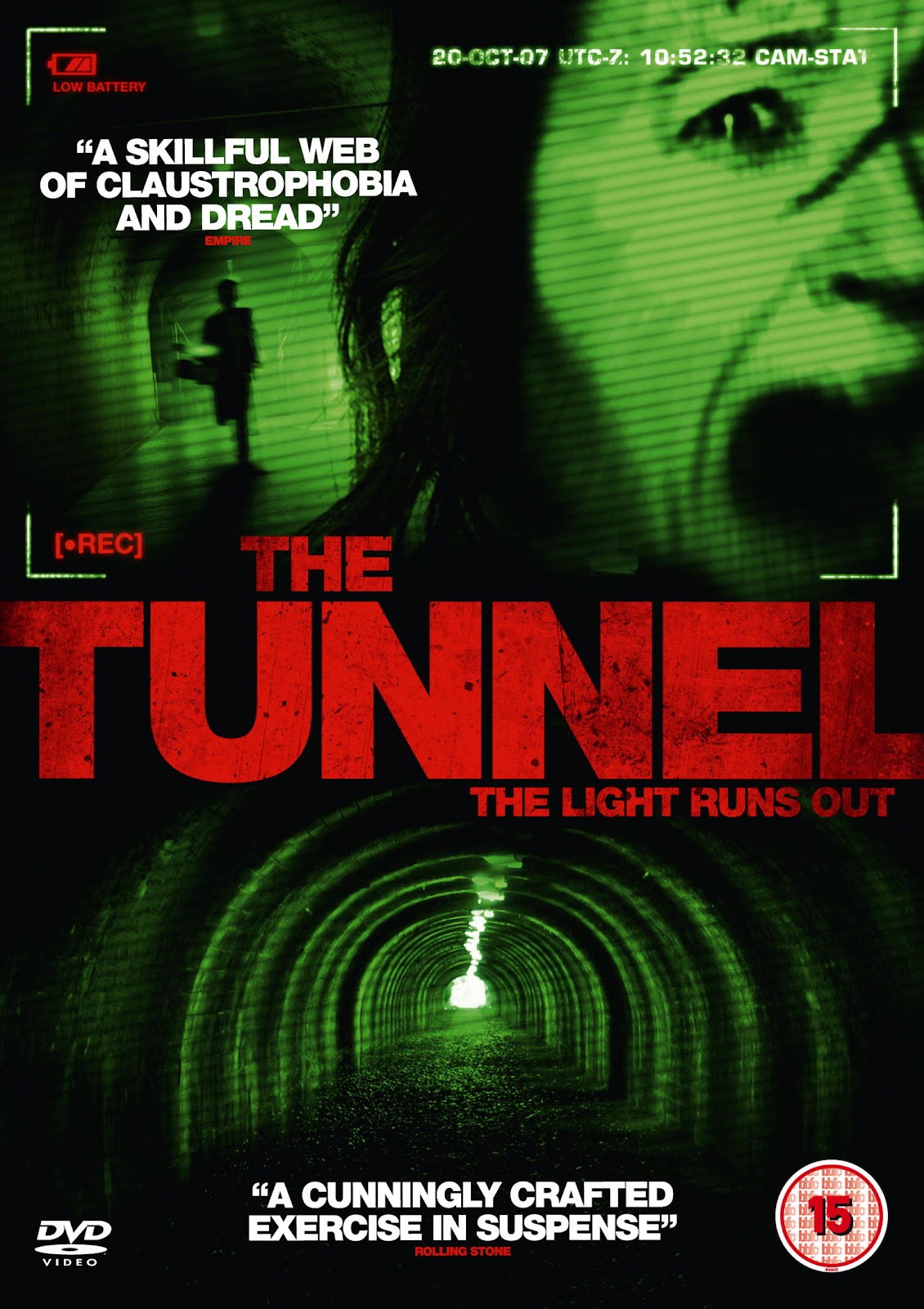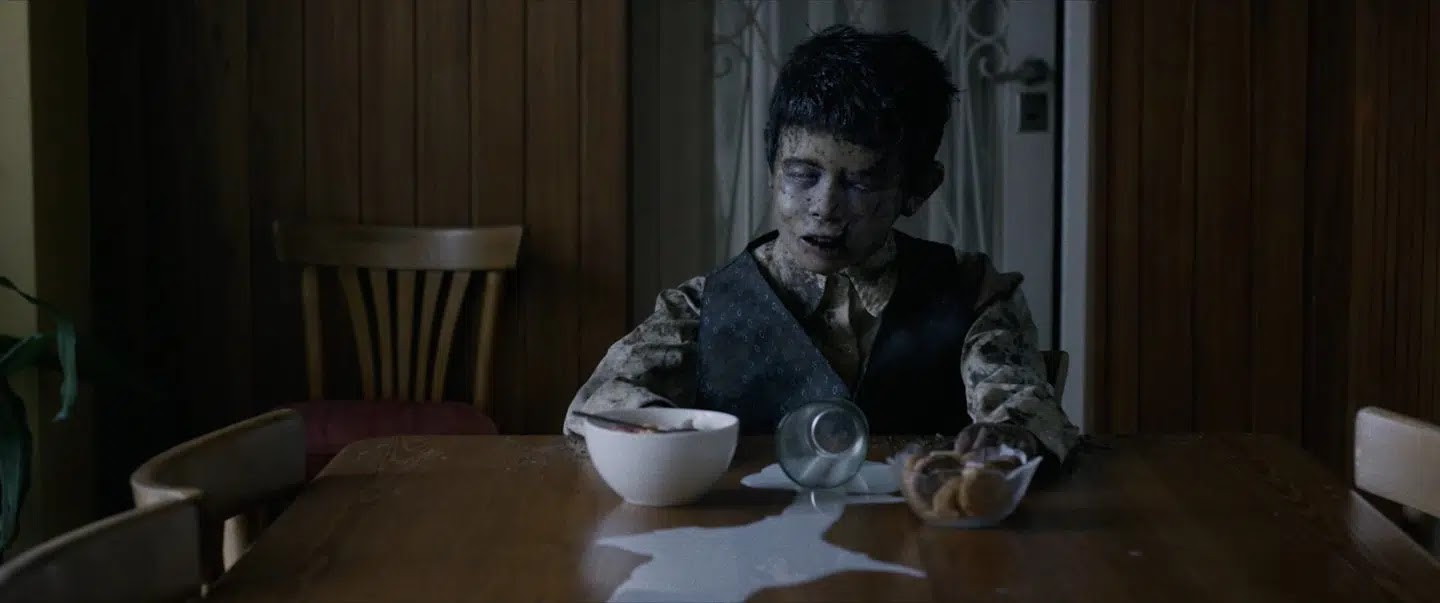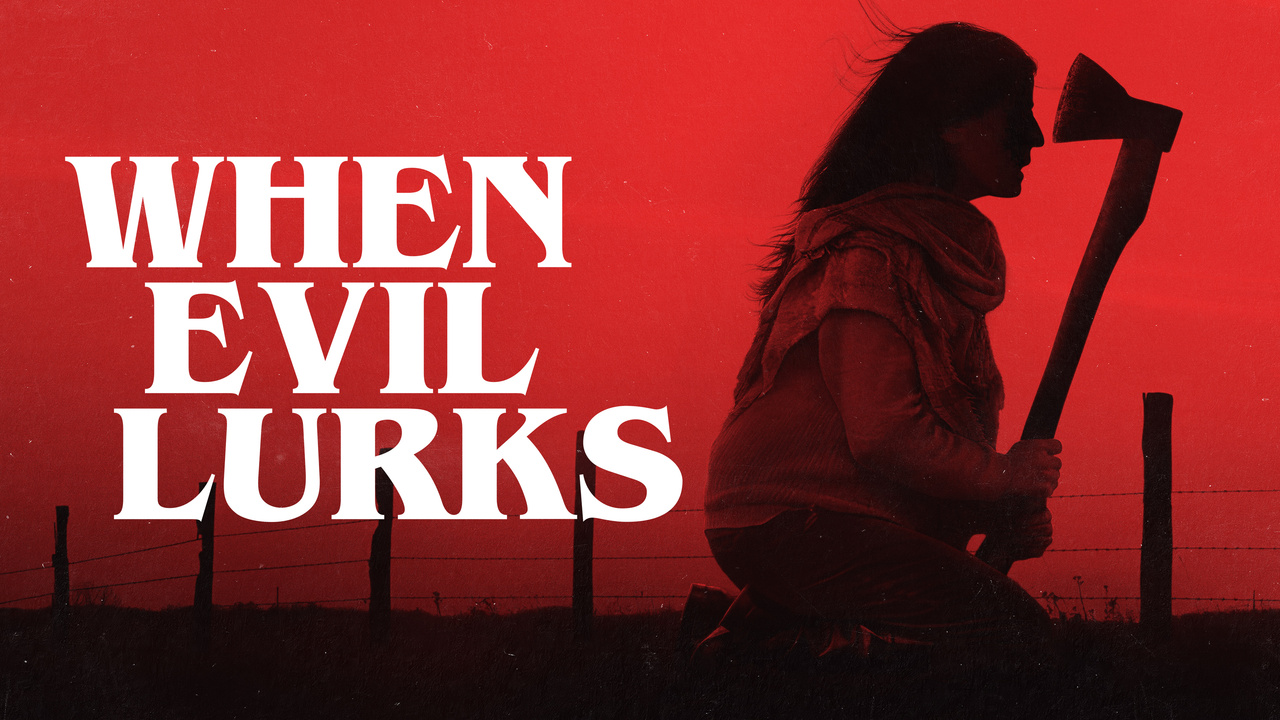As an extension of my previous post on the tunnel horror classic Deathline, here are five more films that take the horror underground. I’ve overlooked the bigger films (The Descent, Mimic, As Above So Below, Midnight Meat Train) to highlight some that aren’t as well-known. So grab a flashlight as we head down into the subterranean darkness for some claustrophobic horror.
Dwellers (2021)
I’d heard a bit of buzz about this film and upon finally giving it a watch, I found an unexpected found footage tunnel horror gem. Finding films like this, films that are so micro-budgeted that they appear to have been made on the barter system, are a large part of why I love indie horror. Produced by Megadeth’s David Ellefson (who appears as himself in the film) and directed by star Drew Fortier, Dwellers is a refreshing ride through the underground tunnels of Cleveland as an unlikely trio of documentary filmmakers investigate the disappearance of the local homeless community.
Fortier said that he was influenced by both The Blair Witch Project and cult classic C.H.U.D., but rather than going the cheap rip-off route, he spends his time developing characters that are quirky, a bit shady, and always compelling. In addition to the well-done cinema verité approach, the creature effects are sparsely used but very effective, and the acting is far, far better than found in most found footage films. One of the things I enjoyed most was the seemingly genuine relationship between the three friends, a refreshing respite from the usual “group of annoying assholes with a camera” that plagues much found footage. If you haven’t caught this one yet, I give it a very high recommendation.
Absentia (2011)

Mike Flanagan is one of the best-known horror directors working today, but not enough people have seen his first film, the wonderfully creepy Abesentia. A bottle-picture that takes a short tunnel beneath a street overpass in Glendale, California as the locus of some truly disturbing interdimensional horror. Fans of Flanagan’s better-known films will find much to love here, as his signature deep emotional investment and flawed but extremely compelling characters ground the otherworldly aspects of this horror film in a compelling context. The film has an effective sense of slowly creeping dread that builds to full paranoia over its run time. As the title suggests, a woman is faced with having her husband declared dead in absentia after he disappeared seven years ago, part of a series of disappearances surrounding the bridge tunnel. As the mystery unfolds, the horror deepens as Flanagan constructs a unique type of urban folk horror. To say more would spoil too much, and the less you know about this film, the more you’ll enjoy it.

The emotional relationships and the haunting sense of loss and grief that drive the narrative ground the horror of what lurks in the tunnel in an uncomfortable landscape. Like most Flanagan films, there are almost no jump scares, just a growing sense of dread that lingers for a long time after the film ends.
Absentia scared me mostly because it made me think and feel. I think it was novelist Charles L Grant who coined the term “sunlit horror,” something that applies so well to this film. I’m truly impressed by filmmakers who can devise scenes of uncanny horror in stark daylight. The only other thing I’ll say about this gem is that it’s what may have happened if H.P. Lovecraft had written
The Three Billy Goats Gruff. And if that’s not enough to entice you, I give up. When it comes down to it, this is my absolute favorite of these five films.
Marebito (2005)
Perhaps the oddest film in my list, Marebito was directed by Takashi Shimizu (who gave us the Ju-On series) and stars director Shinya Tsukamoto (Tetsuo: The Iron Man). A team-up like that was bound to result in a seriously disquieting film, and Marebito is just that. Tsukamoto plays a psychologically unstable camera man who films a graphic suicide in the Tokyo subway tunnels and descends both deeper into the tunnel system and his own madness. He encounters ghosts, odd interdimensional beings, and a vampiric woman known only as F. When he brings F home, the already unstable film goes fully off the rails.

This is J Horror at its quirkiest and most Lovecraftian. Shimizu’s pseudo-documentary approach adds a level of coldness that seeped under my skin in the most deliciously uncomfortable ways. When I first saw this film, I was more confused at the end than I was going in, so I immediately rewatched. For me, that’s a high compliment to any filmmaker. If you’re a fan of Koji Shiraishi’s Noroi: The Curse and Occult, you’ll love this one.
The Strangeness (1985)
What to say about The Strangeness, other than it has one of the worst titles in movie history? An even better question is why am I writing about it? In fact, if it weren’t available on Amazon Prime right now, I wouldn’t be certain if I hadn’t just imagined seeing this back in the late ‘80s, a product of my teenage experimentation with booze and psychedelics. I guess what Poe called the “imp of the perverse” nudged me to include this bad, bad slice of aged cheese here.

If you’re a stickler for tight plots, excellent cinematography, well-done special effect, and actors who actually make their living acting in real movies… run. Run as far and as fast as you can. If, on the other hand, you appreciate cheesy, shlocky, zero-budget ‘80s horror, you may find something to revel in here. I just finished rewatching less than an hour ago, and I’m not even sure what the hell’s going on in this movie other than it involves a cave system with a dark history, several random explorers, and a surprisingly interesting, tentacled Lovecraftian horror lurking in the darkness. The experience of watching is much like drinking an entire bottle of dirt-cheap tequila: disorienting, hallucinogenic, a lot of fun at times, but with one hell of a cognitive hangover by the end. An excellent choice for a bad horror movie night with friends.
The Tunnel (2011)
I’ve saved a personal favorite for the last. Like Dwellers, The Tunnel combines two of my favorite sub-genres: found footage and tunnel horror. A somewhat desperate journalist who is willing to do whatever unethical things it takes to get a “gotcha” story leads a team into the vast underground tunnels beneath Sydney. Since the city had proudly trumpeted tapping into an abandoned reservoir to address the growing water crisis but abruptly canceled the project without comment, the news team smells government cover-up. What the city government is really trying to cover up is something decidedly nasty and downright horrifying.

What really sells me on this film is how seriously it takes the mockumentary approach. The performances are wonderfully realistic, the interpersonal drama believable, and the hints of government conspiracy are handled with restraint rather than paranoia. There’s actual pathos in this film, and that serves to highlight the creeping horror of what lives in the underground darkness. This is one of my top five found footage/mockumentary films for a reason. It’s what happens when someone takes the genre seriously and uses the conventions to explore issues much more deeply than most found footage creature features.






















